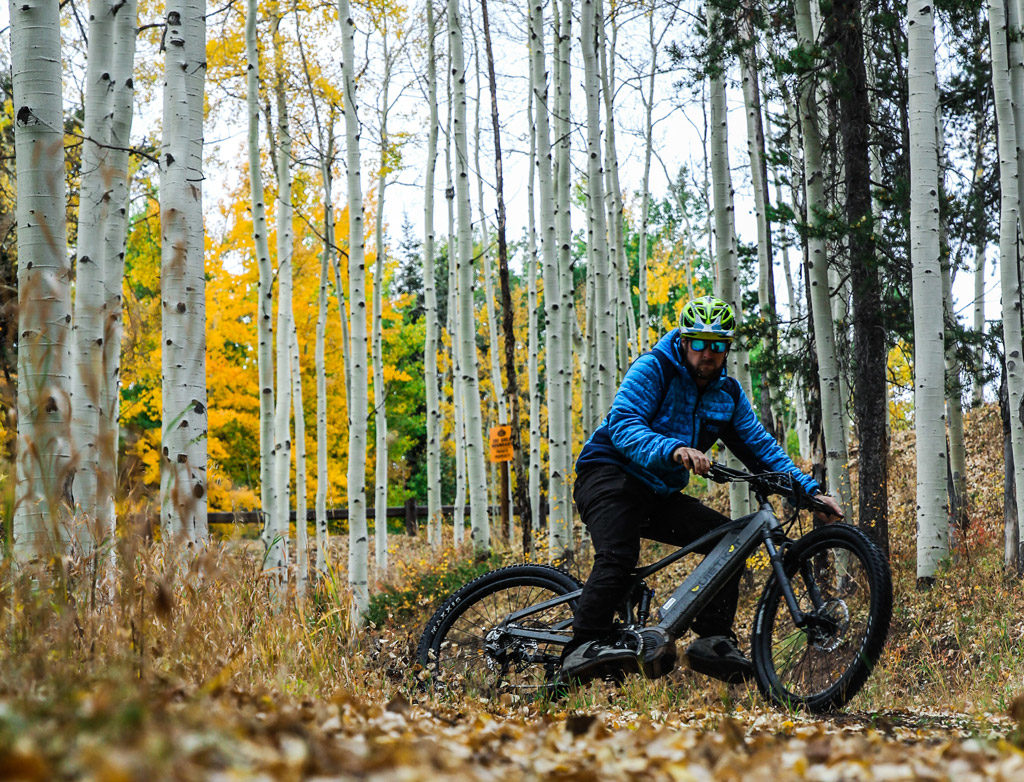
In recent years, a new trend has emerged in the realm of hunting – the use of electric bikes as a means to enhance the hunting experience. These specialized bikes, often equipped with quiet motors and sturdy frames, are gaining popularity among hunters who seek a more stealthy and efficient way to navigate the wilderness in pursuit of their prey.
Hunting Electric Bikes
Hunting electric bikes offer a unique blend of technology and traditional pursuits, allowing hunters to cover greater distances with less physical exertion while minimizing noise and disturbance to the natural environment. With their silent operation, these bikes provide an advantage for hunters looking to move swiftly and quietly through rugged terrain, giving them a strategic edge in tracking down elusive game.
Benefits of Hunting Electric Bikes
Hunting electric bikes offer a silent and efficient mode of transportation, allowing hunters to move through rugged terrain without the noise and disturbance of traditional vehicles. This stealthy approach enhances the hunting experience by minimizing disruptions to wildlife and increasing the chances of a successful hunt.
With the assistance of electric power, hunters can cover greater distances and explore remote areas that may have been previously inaccessible. The electric motor provides a boost when needed, reducing physical exertion and enabling hunters to focus more on their surroundings and spotting game rather than worrying about fatigue from long treks on foot or bicycle.
Furthermore, hunting electric bikes are eco-friendly alternatives to gas-powered vehicles, reducing the carbon footprint of hunters while exploring the great outdoors. These bikes are not only practical and convenient for hunting expeditions but also contribute to sustainable practices and conservation efforts in preserving natural habitats for future generations.
Challenges of Using Hunting Electric Bikes
Hunting with electric bikes comes with its own set of challenges. One main concern is the potential disruption caused by the noise of the bike’s motor, which can startle wildlife and make it harder to approach animals quietly. This could impact the success of the hunting trip as stealth is crucial in hunting scenarios.
Another challenge hunters face is the limited battery life of electric bikes. Depending on the model and terrain, the battery may not last an entire hunting expedition, requiring hunters to plan their trips carefully and potentially have backup power sources. Running out of battery power while deep in the wilderness can leave hunters stranded and unable to return to a safe location.
Additionally, navigating rough terrain while hunting with electric bikes can be challenging. Unlike traditional bikes, electric bikes may be heavier and less maneuverable in certain outdoor conditions. Hunters need to be aware of the limitations of their bikes and choose routes carefully to avoid getting stuck or damaging the bike during the expedition.
Future Trends in Hunting Electric Bikes
The future of hunting electric bikes looks promising as technology continues to advance. Manufacturers are focusing on increasing battery life and improving motor efficiency to enhance the overall performance of these bikes. This will allow hunters to cover greater distances and navigate through various terrains with ease.
Another trend in hunting electric bikes is the integration of smart features. We can expect to see more bikes equipped with GPS tracking, smartphone connectivity, and advanced sensors for real-time data monitoring. These innovations will provide hunters with valuable information about their surroundings and help them make informed decisions during their hunting expeditions.
In addition, the design of hunting electric bikes is evolving to prioritize stealth and camouflage. Manufacturers are exploring ways to reduce noise levels and enhance the bikes’ ability to blend into natural environments. This focus on stealth will enable hunters to approach their targets quietly and minimize the chances of detection, ultimately improving their success rates.

